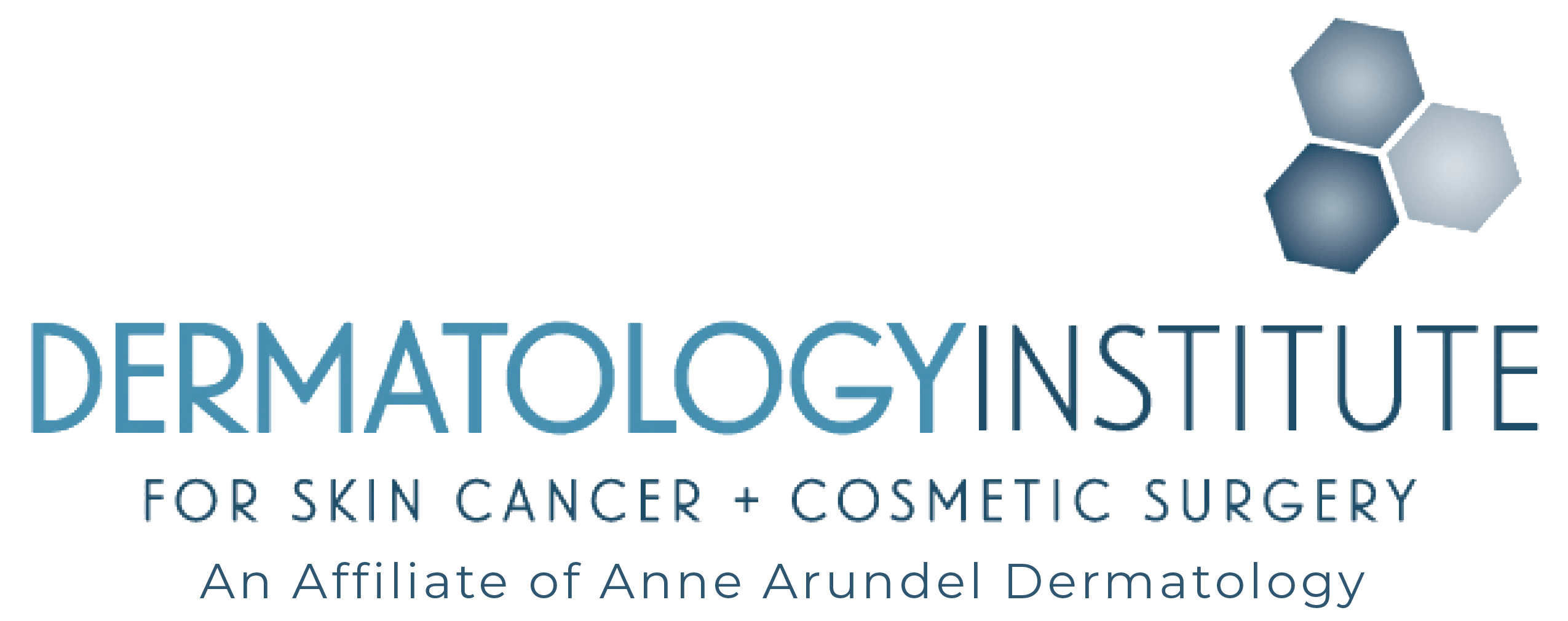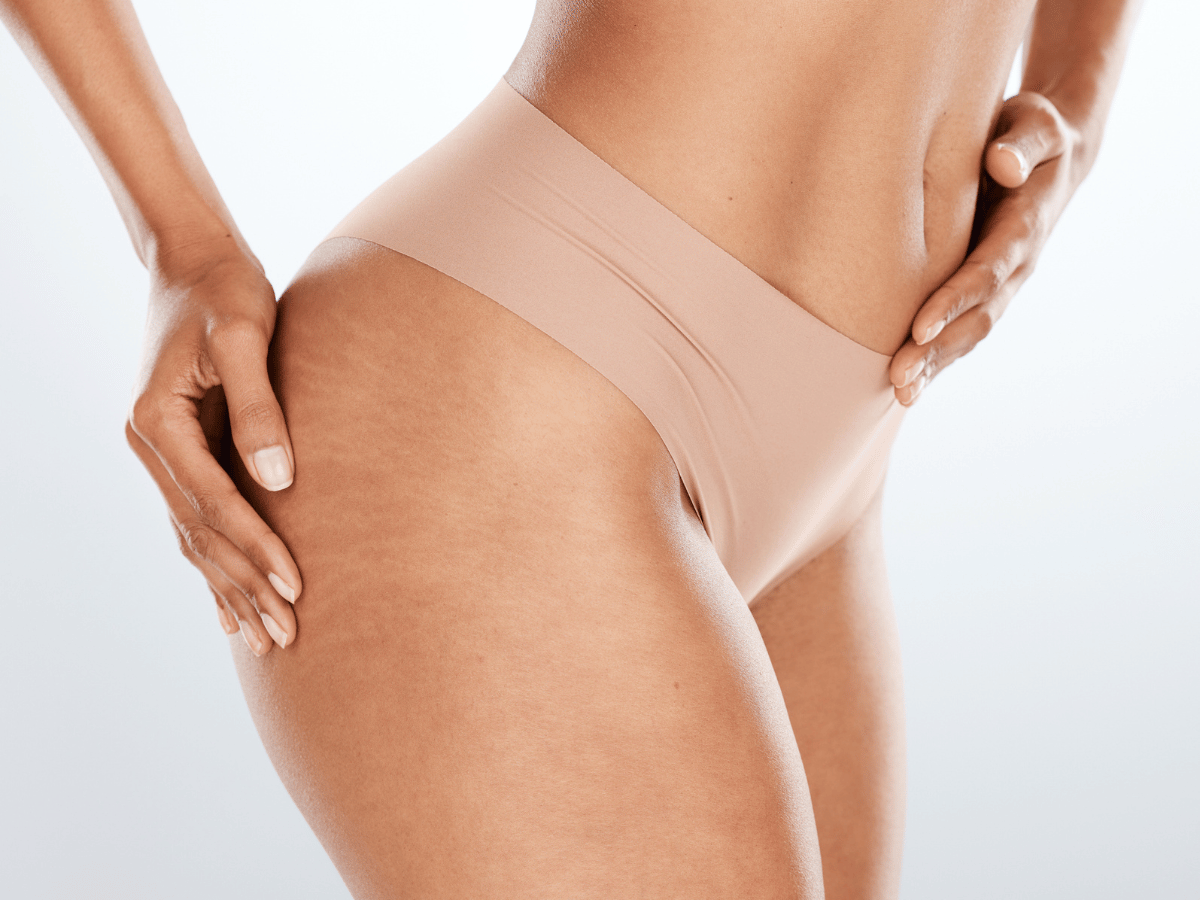What Are Stretchmark Treatments?
Stretch marks or striae are a form of linear marks on the skin with an off-color hue. They are caused by tearing of the second layer of the skin known as the dermis. Over time, they may diminish in time, but usually they will not disappear completely.
FAQs
What are the clinical signs and symptoms of stretch marks?
Stretch marks initially appear as reddish or purple linear streaks, but tend to gradually fade to a lighter range. The affected areas have a soft and supple texture. Usually they are not painful, but occasionally they may itch.
Stretch marks can occur anywhere on the body. The most common areas that they occur include the abdomen (especially near the navel), breasts, upper arms, underarms, back, thighs (both inner and outer), hips, and buttocks.
What are the causes of stretch marks?
Stretch marks are often the result of the rapid stretching of the skin associated with growth or rapid weight changes. They can also be influenced by hormonal changes that occur with puberty, pregnancy, bodybuilding, hormone replacement therapy, etc.
70 percent of teenage girls and 40 percent of teenage boys can develop stretch marks. They are caused by the stress of stretching skin, which releases substances that damage proteins in the skin, and are often seen during adolescents’ growth spurts, in women who are pregnant, and in overweight individuals. Stretch marks can also be caused either by steroid medications taken orally or by strong steroids used topically on the skin. Occasionally they are caused when the body makes abnormally large amounts of steroids, in a condition known as Cushing’s syndrome.
How can they be treated?
One recent study in Dermatologic Surgery showed that radiofrequency combined with pulsed dye laser treatment gave “good and very good” subjective improvement in stretch marks in 33 of 37 patients.
A surgical procedure for removing lower abdominal stretch marks is the tummy tuck, which removes the skin below the navel where stretch marks frequently occur.
A new modality, fractional CO2 laser resurfacing, offers another approach to treating stretch marks. Using scattered pulses of light, a portion of the stretch mark is treated by the laser over the course of several treatments. The laser stimulates new collagen and epidermal reorganization. In a 2007 clinical trial, 5-6 treatments resulted in striae improving by as much as 75 percent. A 2007 Brazilian clinical study showed that fractional laser resurfacing improved both texture and appearance of mature, white striae in skin types I-IV.
Our Locations
Visit Dermatology Institute
Our team provides thoughtful, expert care for all your skin health needs. We are proud to offer the most advanced general, surgical, and cosmetic dermatological services in the Newnan and LaGrange areas.

